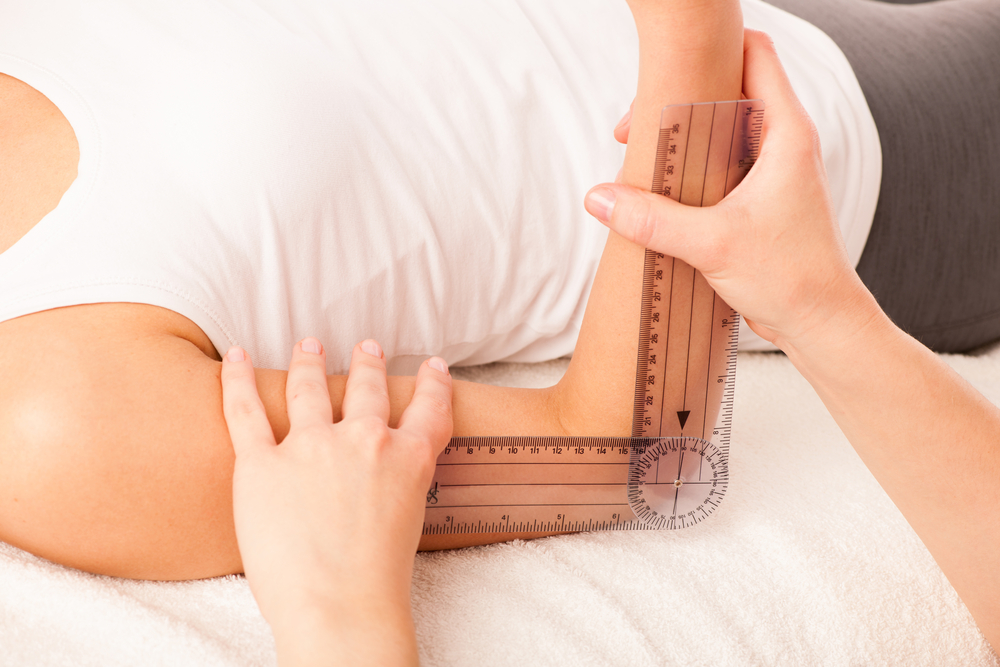Suffering from an injury or debilitating condition can cause pain and discomfort that last long after the initial healing process. Even once the bones or muscles have been restored, moving the surrounding joints may still cause severe pain. After the healing process, joints with mobility might be difficult or painful to manipulate. Joint mobilization is a form of physical therapy that seeks to heal this affected area through restorative techniques.
What is Joint Mobilization?
After seeing a patient suffering from an injury, it’s instinctual for primary care doctors to recommend patients not engage in physical activity. Depending on whether the injury is acute or chronic, the doctor may recommend heat or ice therapy. This approach makes sense for patients concerned about worsening the injury, or triggering a related injury. And, while this pain prevention strategy may work in the short term, the pain could return if the restricted muscle enters another spasm.

Not all injuries, however, are due to sudden falls or overexertion or high intensity activities. It’s also common for joint injuries to stem from consistent overuse of a particular muscle or joint. The climactic nature of these injuries often throws people off, as dull pain or mild discomfort from endurance activities may ultimately result in severe pain or discomfort.
Joint mobilization is a focused technique intended to loosen the restricted joint by increasing the range of motion. To effectively implement this technique, physical therapists apply pressure to the designated body part. They do this with slow-velocity patterns, progressively moving into areas surrounding the central area.
How Physical Therapists Perform Joint Mobilization
Before starting the joint mobilization process, it’s important for the physical therapist to understand the nature and impact of the injury. By performing a full-body assessment, the physical therapist can determine the chance of complications and the risk for further injury.
After assuring that the joint mobilization treatment will not be harmful, the physical therapist will begin to execute the treatment. Prior to the treatment, the physical therapist will ensure that the patient is in a comfortable position, in which the patient can freely move the affected joint. Then, the doctor will carefully and purposefully apply pressure to the designated area. In applying this pressure at various points and with increasing speed, the goal is to loosen the muscles for an overall more active body.
The doctor will respond to indications of pain and discomfort, as well as progress, by adjusting the technique and overall treatment plan.

Varying Intensities for Treatment
Depending on the intensity and location of the injury, the physical therapist will apply a different degree of pressure. Grade I thrusts have a low amplitude, and are used in the immediate vicinity of the joint. Grade V thrusts are used as the range of motion grows longer, and are used toward the end of the range of motion.
Why Do Physical Therapists Perform Joint Mobilization?
Without the proper range of motion, the joint will be unable to perform its function properly. Not only will the mobility and function be limited, but the structure of the surrounding area will be affected. The body may cause surrounding joints to move excessively as a response, triggering them to deteriorate at a faster rate. With time, this could impact the functioning of the entire region.
Joint Problems? Farmingdale Physical Therapy Can Help!
At Farmingdale Physical Therapy, our staff has time-tested expertise in joint mobilization. We can help you to regain control of your body, while eliminating any pain. Contact us for a free consultation appointment, and for information about how we can help you get started.

